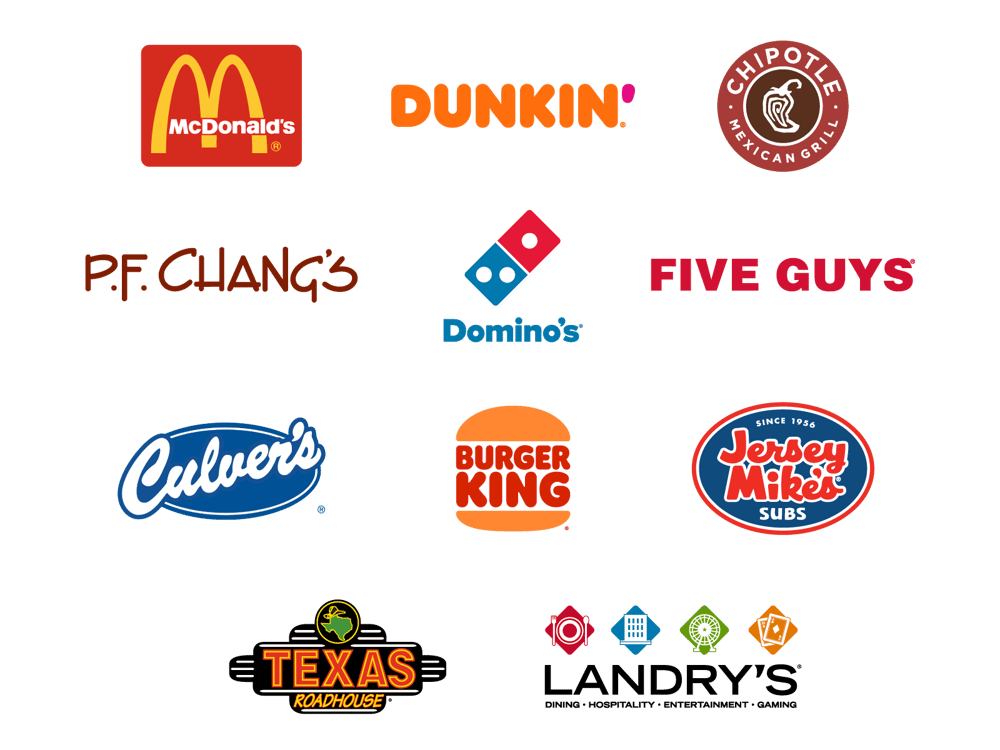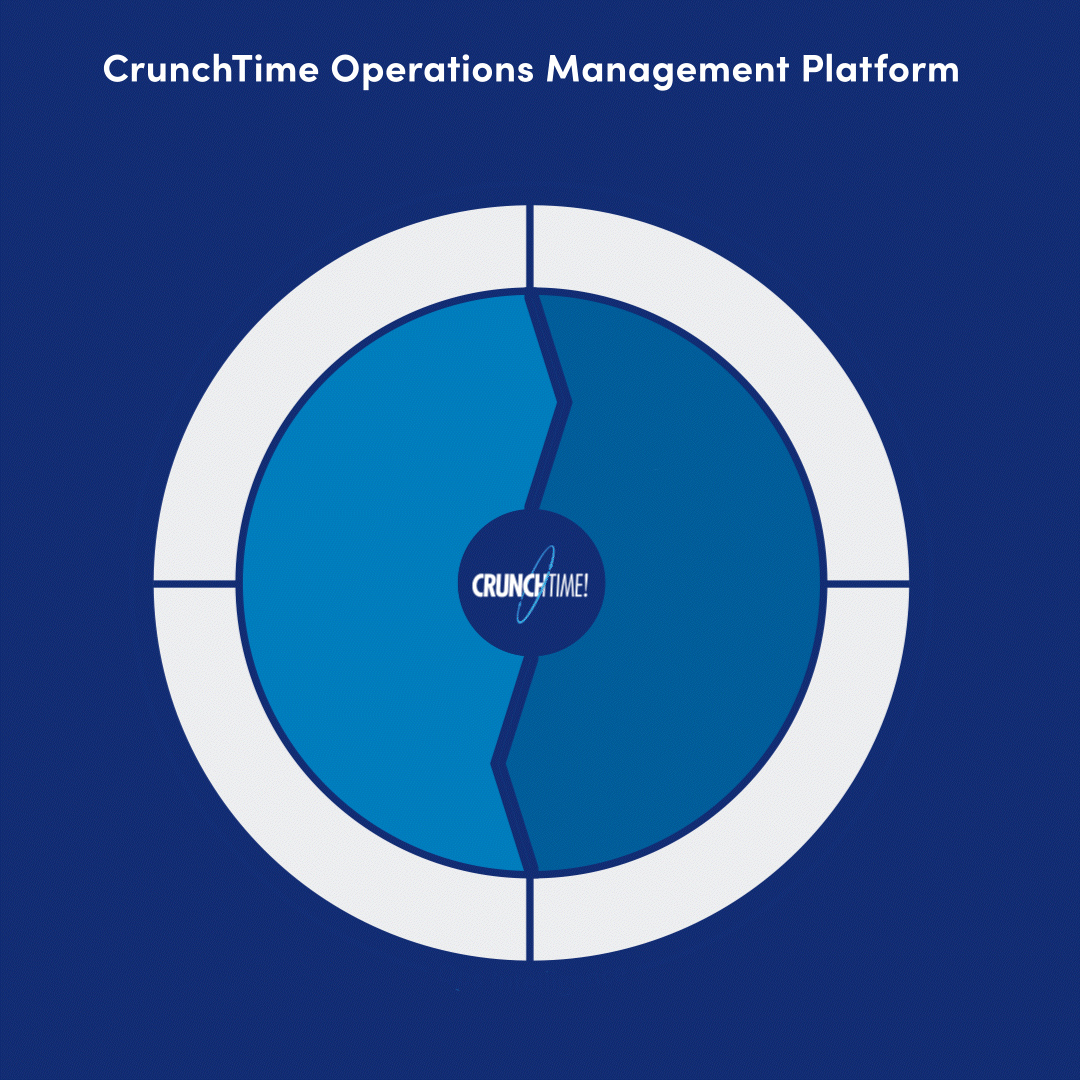
- Home
- Crunchtime Blog
- Two Top COOs Share How They Overcome Challenges in their Restaurants

Two Top COOs Share How They Overcome Challenges in their Restaurants
Running, and growing, a multi-unit operation is tough, and only becomes more difficult across dozens, hundreds, or thousands of locations, especially as brands open new stores and try to hire (and retain) more staff. Ensuring efficient operations across every location has always been a priority for multi-unit operators, but now more than ever requires key processes and tools to stay competitive and scale for future success.
Brands like Freddy’s Frozen Custard and Steakburgers continue to grow rapidly, with 500 locations and counting, while others like Cotton Patch Cafe, continue to stand the test of time, successfully operating for more than three decades.
So what’s the secret to their success? We sat down with two leading COOs to find out how they continue to overcome operational challenges to evolve and flourish.
Brian Wise, COO of Freddy’s Frozen Custard and Steakburgers, and Todd McEvoy, COO of Cotton Patch Cafe, took the stage at Crunchtime’s customer conference, Ops Summit ‘23, to share their experience and advice with over 200 audience members from the restaurant industry in a session led by Andy Bergen, Crunchtime’s Chief Customer Officer.
Founded in 2002 in Kansas, Freddy’s is a quick-service franchisor with more than 500 locations, showing no signs of slowing down. Cotton Patch Cafe is a 33-year-old casual dining chain with 48 corporate-owned locations in Texas, New Mexico, and Oklahoma.
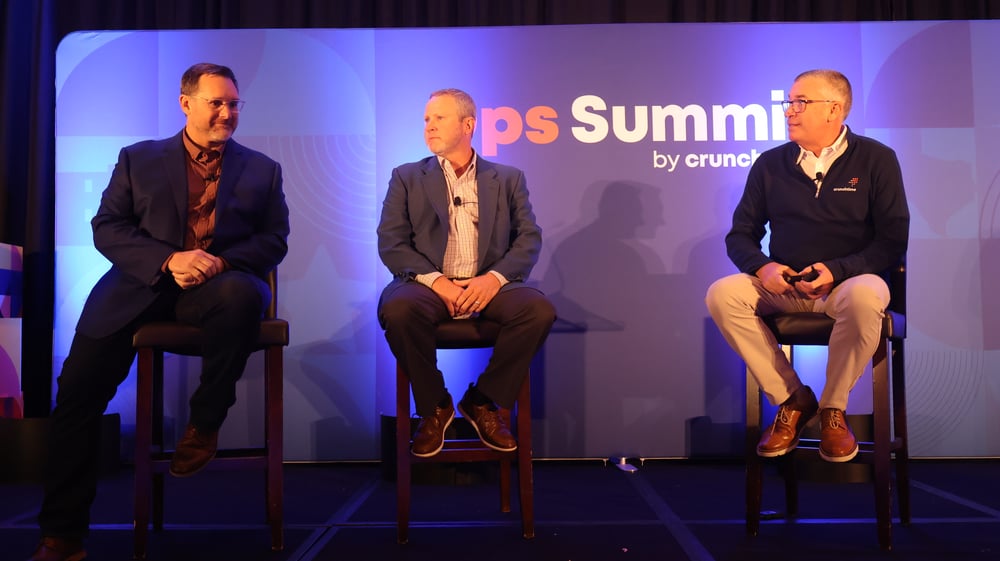
Lessons Learned
With the pandemic now in the rear-view mirror, the executives reflected that one of the top lessons learned over the past several years was that even though you have strong systems and procedures in place, when you’re forced into survival mode, the mindset changes.
“The last several years we’ve all had an inward focus: supply chain, staffing challenges, changes of service styles. It forces you to look internally,” said Wise.
“For Freddy's, we were blessed with incredible tenure,” Wise continued. “And that changed a little bit and it forced us to take a look at the systems and training we have in place versus just institutional knowledge. We were able to use Zenput to help us bring management employees on a little bit quicker–get them focused back on those operational excellence points, but blend training and modeling together.”
Technology’s Role
Acknowledging that technology adoption is one thing that has accelerated over the last couple of years, both executives shared a balanced perspective about its role in the business.
“Technology is a huge deal,” said Wise. “But your brand needs to have a strong core. You need to know who you are, what your position is in the marketplace, and what makes you unique. And then technology needs to help that mission happen, not change it.”
McEvoy concurred, “I believe right now in the technology world in restaurants, we're kind of in the dot-com era of the late 90s where everybody has a shiny ball. You have to be really careful with what you're doing with that shiny ball.”
“You have to say, ‘okay, well how do I take this and put it into my world?’ And sometimes it's just not going to work, so you’ve got to be calm and patient with technology,” said McEvoy.
Faster Training
Referencing the 2023 Restaurant Operations Report, the panel reflected on the average of 19 days that it takes new employees to become proficient in their role and operators’ desire to reduce this to 12 days.
McEvoy shared that Cotton Patch’s investment in Crunchtime TalentLink in 2020 led them down a path to get core training done at a much quicker pace. “We’re down to about ten shifts, total time,” he said. “That’s helped us a lot.”
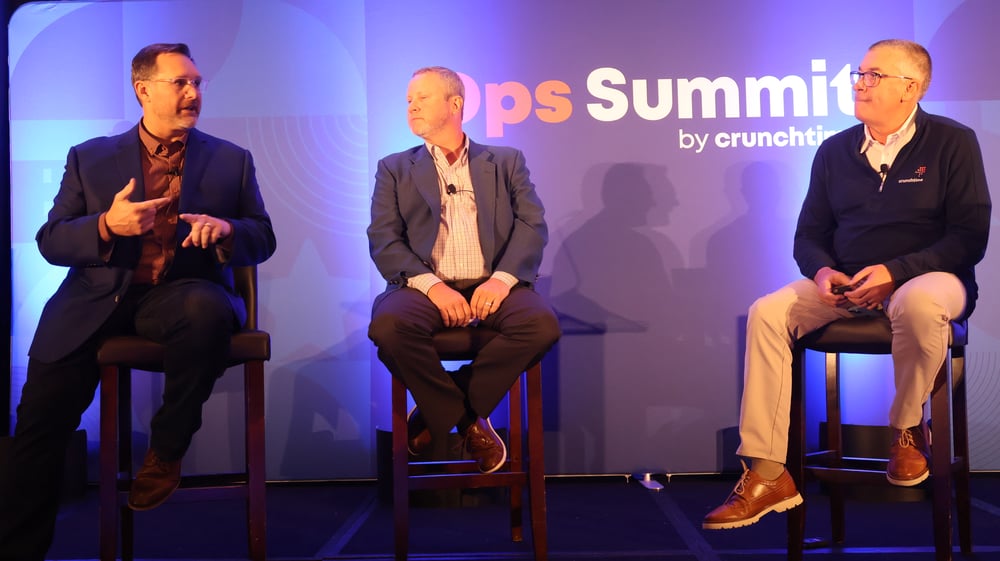
Focus on Tenure
Both Freddy’s and Cotton Patch have shifted their focus from measuring turnover and retention to tracking tenure. McEvoy shared that their bonus program, which was tied to financials, was lacking an important measurement: tenure of employees. Their bonus structure now measures and rewards based on tenure.
According to McEvoy, “It changed the mindset by shifting the attention to ‘What do I need to do to get that employee to come back tomorrow?’ If it's something as simple as ‘see you tomorrow, have a great day,’ it changes the culture of the restaurant. So that's what we focus on: ‘How do I keep my person one more day?’”
Cotton Patch implemented the new focus on tenure in January 2023, and so far they have seen a 60% reduction in general manager turnover across their 48 locations.
Freddy’s takes the tenure concept one step further by using multidimensional key performance indicators (KPIs). “In our brand the staffing metric definitely has a number of people to par, but it also has a percent of tenure–how long they have been there,” said Wise. “And then we also layer in ‘Are they in the learning management system and what's their compliance level in that system?’ We combine all that up and it gives you a really good look at the health of your staff and your business.”
“On the retention topic, you have to treat your employees as guests–they really are internal guests, 100 percent,” shared McEvoy. “And you have to recognize their needs.” Cotton Patch has a program called Path to Prosperity that addresses employees’ financial needs, their time needs, and their purpose needs, and they use that as a guiding principle.
“This generation and society have shifted from ‘go to work and have a career’ to ‘I want to go water skiing and do these other things, but I have to have a job to get those things,’” said McEvoy. “So you've got to address those three needs in order to address retention in the future.”
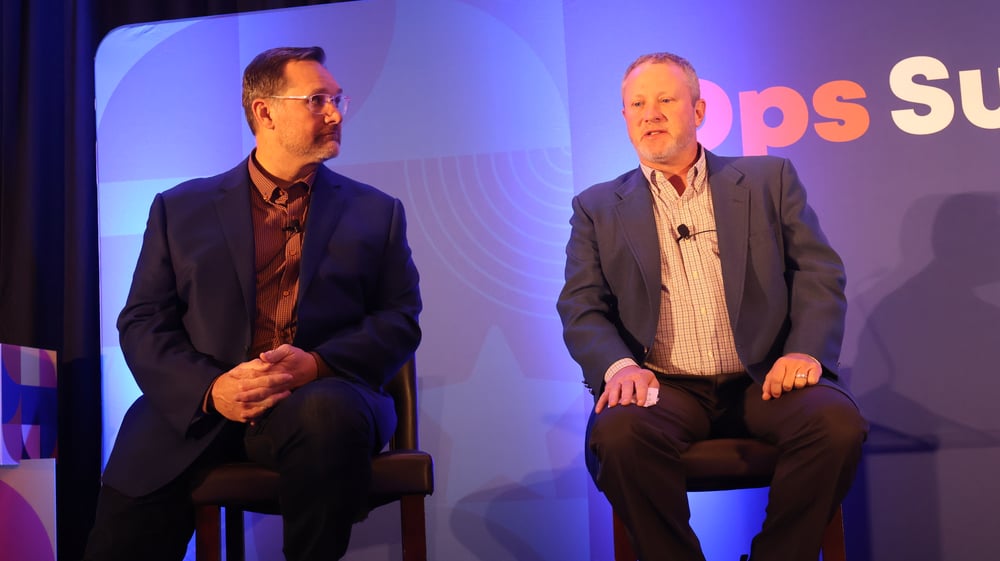
Using Data to Find Friction Points
Freddy’s uses data to find the friction points in the business and then solve for those. For example, if a guest metric indicates a problem in a specific area, being able to see that information and identify areas for improvement allows them to innovate.
“Innovation really is when vision and execution collide,” said Wise. “You can have great vision, but if you can't execute it, no one ever finds out about it. And if you're executing the wrong things, well then, you're not going to be around to be talked about.”
However, he cautions, “Having data to help identify the spots to go and look does not supplant the in-restaurant multi-unit leader or the general manager who have operational on-the-ground knowledge.”
In terms of visibility into how the stores are operating, Freddy’s was looking for something that could help them understand the cadence of the restaurant so they could see if there was going to be an issue before the KPI told them that. Wise asserted, “You think you have the right KPI, but by the time you realize it turned red, it’s way too late.”
The Freddy’s team spent a lot of time looking at the flow of the restaurant, standing in the building, seeing how it works. “If it normally takes an hour for the general manager to write a schedule, what if all of a sudden it started taking four hours?” posed Wise. “That would be a KPI that something's wrong. And so, having visibility into the way that operations goes about its daily business is really important. That visibility into the cadence of how it goes allows you to get so far ahead.”
Creating Accountability
Prior to adopting Crunchtime’s Inventory and Labor platform, Cotton Patch Cafe was dealing with a system that wasn’t operator-friendly. Crunchtime is much more user-friendly, according to McEvoy. “Our food cost improves every month that we have Crunchtime around because the user interface is working so well.”
“We have an equation that we strongly believe in: Development equals awareness plus education plus accountability,” shared McEvoy. “What Crunchtime does for us is it brings in the accountability part of it.”
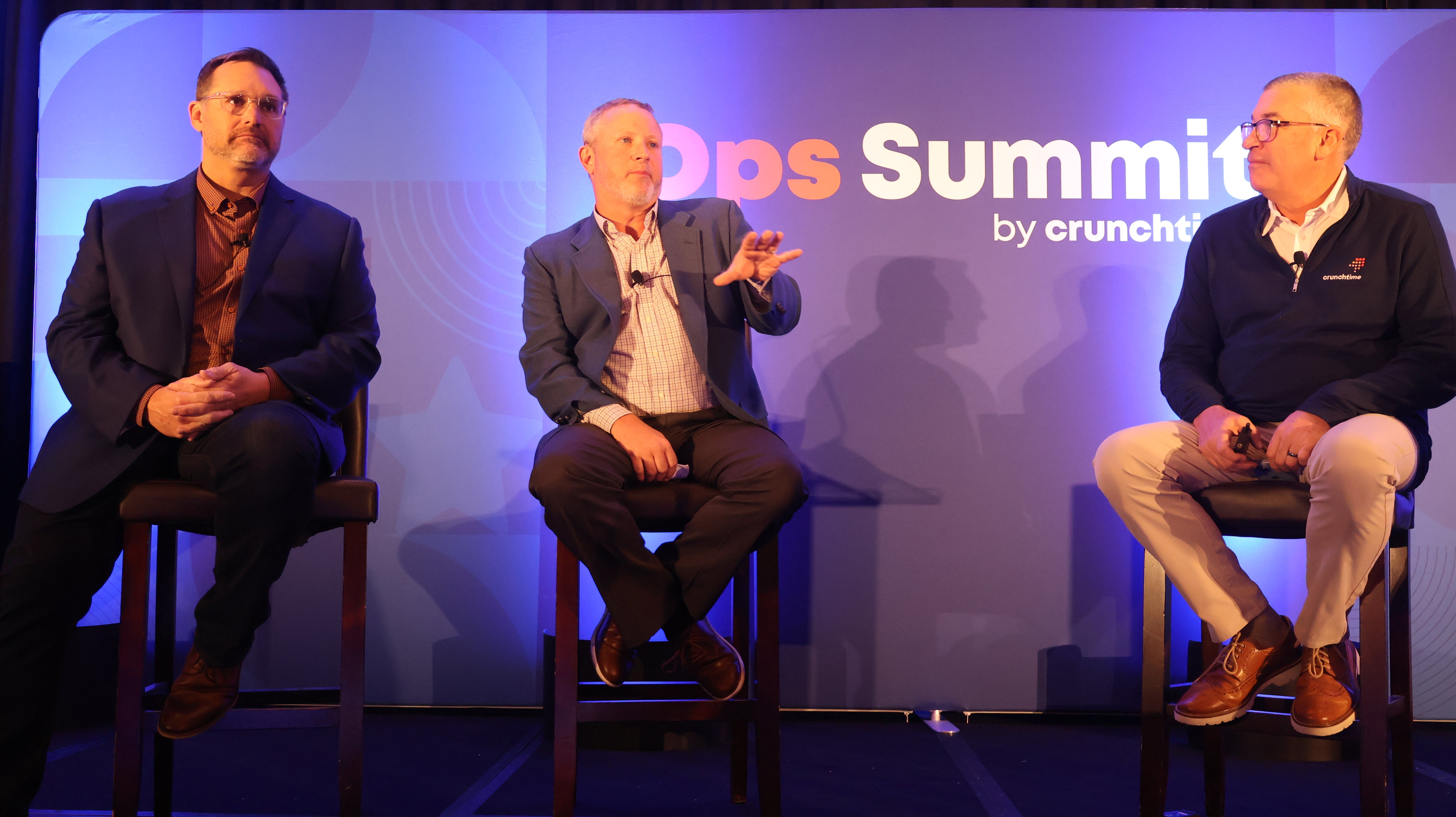
Final Thoughts
Both COOs had sage advice for the audience in terms of how to improve their operations.
McEvoy advised, “Do not take pride in authorship. That's the crucial thing here. That basically means that ‘I created this idea so everybody else in the room is stupid, and the operators are dumb and they can't do it because I made it, and it's going to be the best thing since sliced bread.’”
“Just be able to adapt,” he continued. “With that said, when failure happens, ask the five Ws–that's who, what, when, where, and why it didn't work. And then finally, take ownership of it. And that's different from authorship. Take ownership of it means, ‘Okay, now I'm going to solve these challenges.’”
Wise offered, “Don’t complicate it. At the end of the day, it’s an event. A meal is something to be shared. Yes, over the last couple of years it was transactional in nature because you couldn't come inside and you had to get your food through a window outside of a building. But now we need to remember how to not have that be a transaction, but have it be a moment–a special moment. Sometimes when you're thinking like that, you have this tendency to over complicate it.”
“And then, trust your staff,” he continued. “If you've done that well, they'll take care of you. Blended with training and oversight, the whole goal is to allow the employee to take care of your guests. So don't lose sight of that.”
Thank you to both COOs for sharing their insights with us. To learn more about the brands we partner with, visit crunchtime.com/customers.
Share this post
Related

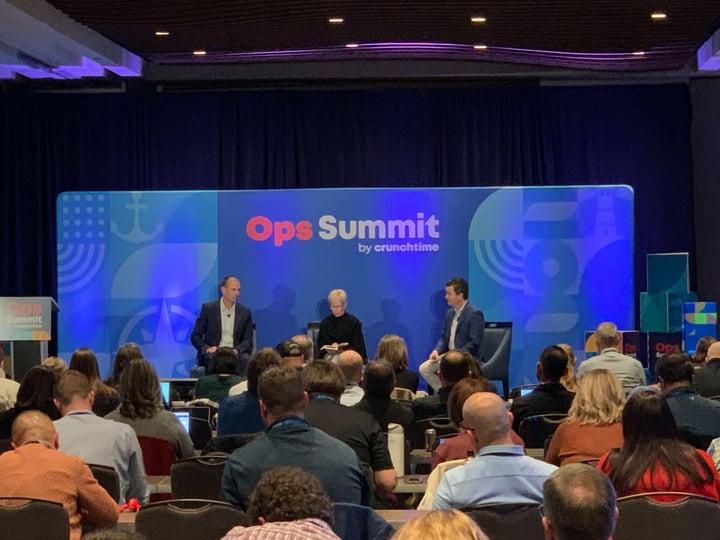
CIOs from Red Lobster and Cooper’s Hawk Share 2025 Tech Insights and Hot Topics

